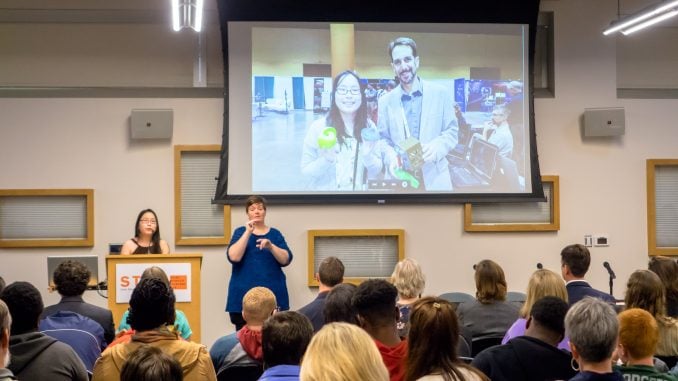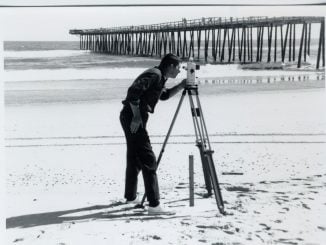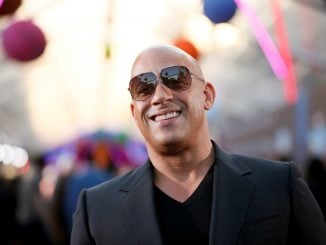
Students gathered at the North Carolina Museum of Natural Sciences on Wednesday, November 9 for the STEM Career Showcase for Students with Disabilities. The annual event was originally the brainchild of the 2016 Governor’s Award for Excellence winner Liani Yirka. Yirka is the first accessibility and inclusion coordinator at the museum and she began volunteering there as a Junior Curator while she was in high school. Once on staff at the museum in 2012, Yirka got to work right away putting together the blueprint for the career showcase an innovative undertaking as it was the first museum based event of its kind. Yirka even dialed in a software engineer from SAS to help develop an app for the visually impaired. The app NatSci can be used to increase interaction with museum exhibits and help disabled visitors navigate the actual structure of the building. Another first of its kind the app garnered Yirka an invitation to present at the 2015 South by Southwest (SXSW) Interactive Festival.Now in its fourth year the STEM Career Showcase for Students with Disabilities continues to draw in hundreds of students eager to share their experience and learn from others about careers in science, technology, engineering, and math. Skynet Junior Scholars with visual impairments, working on research with astronomers, engineers and scientists presented demonstrations of their work followed by a panel of university students with hidden disabilities including dyslexia, multiple sclerosis, and learning disabilities.During the Skynet Junior Scholars presentation the young researchers have the opportunity to showcase the research work they have done, speak about their experiences at conferences, or share their own dreams. “In the future I want to build an algorithm to help analyze data and project what nebula and other space objects will look like in hundreds of years,” said student Tia Bertz. “I also want to build accessible software and new hardware and my ultimate goal is to build an artificial neural network. I believe we all have greatness in us and our disability does not define who we are. We can do great things and I believe if you can dream it you can do it. We are all small children and the world is our sandbox. What will you build?”



